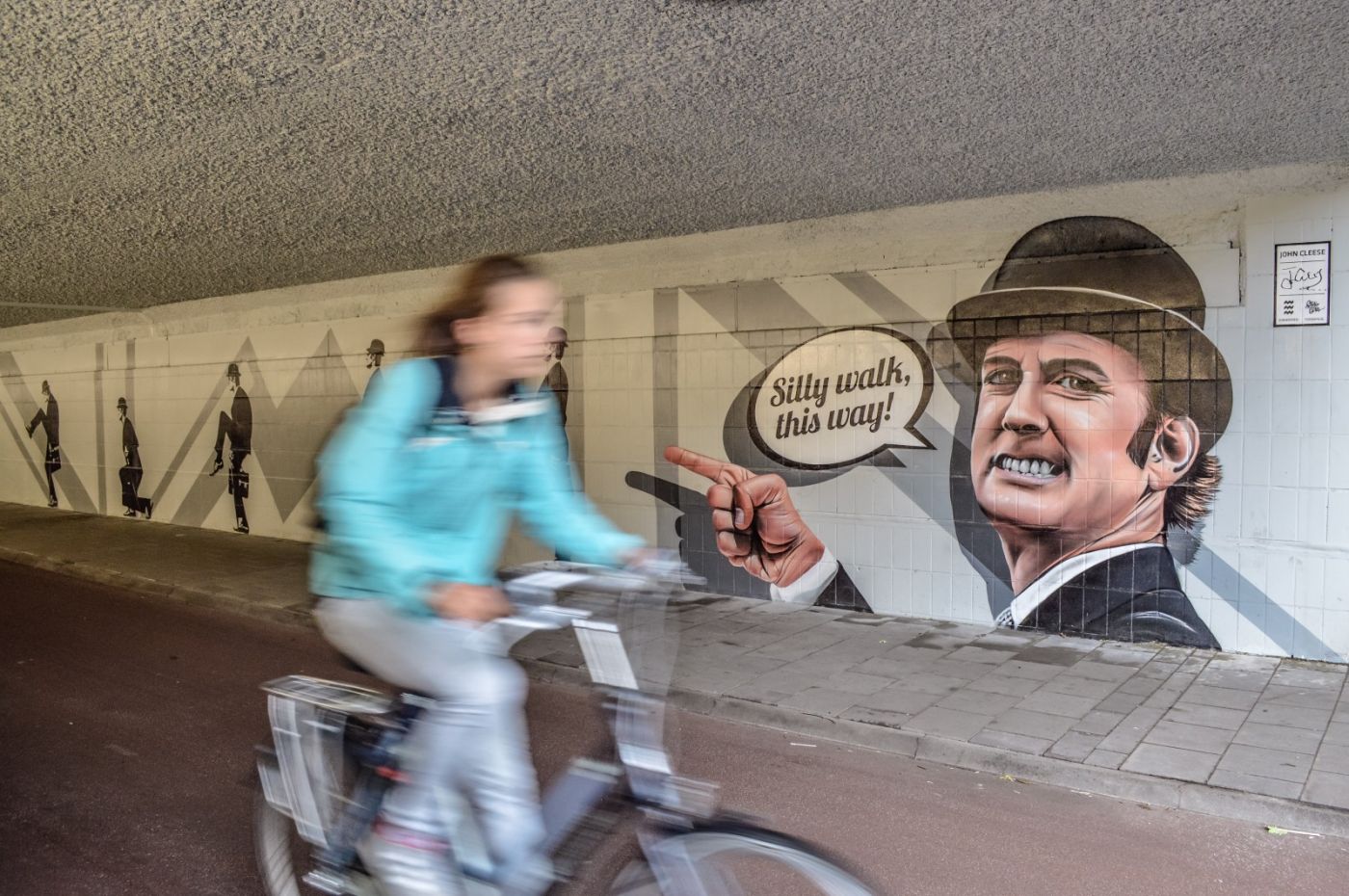The Hub 10/19/18: Clean Air Council’s Weekly Round-Up of Transportation News

“The Hub” is a weekly round-up of transportation related news in the Philadelphia area and beyond. Check back weekly to keep up to date on the issues Clean Air Council’s transportation staff finds important.
Philly.com: SEPTA is eyeing a big conversion to green energy – SEPTA is one of the largest energy consumers in the region. Currently, all of that power comes from the grid, which only boasts 4% renewable sources. SEPTA has issued a request for proposals that would allow it to use a higher percentage of renewables without increasing its energy costs. As the price of energy from renewable sources plummets, there could be many viable proposals for a greener SEPTA.
Strong Towns: The Difference Between Mobility and Accessibility – Strong Towns’ Daniel Herriges explores the idea that accessibility is the places we can get to and mobility is how far we can go in a given time. Dense urban centers have high accessibility, leading to increased productivity because there are so many destinations in a small geographic area. Slowing car traffic is a key way we can increase access, making our urban centers safer for non-drivers.
International Railway Journal: Automating Glasgow’s ‘Clockwork Orange’ – Glasgow is the largest city in Scotland, yet it hosts one of the smallest, oldest, metros in the world. Glasgow’s subway is slated for a modern rehaul. New stations with improved accessibility, smart fare cards, and new rolling stock are among the major changes promised.
Next City: How to Turn a Car Town into a Cycling City – Post World War II construction booms were autocentric. Cities looking to encourage cycling need to get not only serious about bike infrastructure, but creative as well. One Dutch city, Eindhoven, has created the “Smile Factor” program, which employs artists to create muraled tunnels and luminescent paths for cyclists. The effect has been 12,000 less car trips every day. In a city of a quarter million, the numbers speak for themselves.
City Lab: What Local Climate Actions Would Have the Greatest Impact – Many municipalities are working to mitigate climate change on a local level. Regulating emissions from the transportation sector through emissions standards and anti-idling laws can make a big impact in the short term. Investing in efficient, clean, public transit and walkable streets are long term strategies that reduce a city’s carbon footprint and make them more resilient in a changing world.
Image Source: Next City

